Choose first product to compare Category Any category A/B Testing Software A/B Testing Software Free Account Based Marketing Software Accounting Software Accounting Software for Small Medium Business Accounting Software Free Accounting Software Open Source Advertising Analytics Software Affective Computing Software Affiliate Marketing Software AI Platforms AI-based Medical Imaging - Breast Imaging AI-based Medical Imaging - General Airline Reservations System Airline Software Suite All In One Business Software All in one CRM Software Amazon growth platforms Analytics Platform Animation Software Anomaly Detection Software Anomaly Detection Software Free API Management Platform Applicant Tracking Software Applicant Tracking Software Free Application Development Software Application Performance Management Software Appointment Scheduling Software Artificial Neural Network Software Association Management Software B2B Digital Payments Backup Software Bakery Software Balanced Scorecard Software Balanced Scorecard Software Open Source Barcode Solutions Behavioral Analytics Software BI Acceleration Platform BI Open Source Free BI Tools Big Data Streaming Analytics Software Bigdata Analytics Bigdata Ingestion Software Bigdata Platform Billing and Invoicing Software Billing and Invoicing Software Free Business Analytics Platform Business Email Services Business Intelligence Free Business Intelligence Open Source Business Intelligence Software Business Intelligence Software for SMB Business Phone Systems Business Process Management Software Business Process Management Software Free Business Texting App CAD Software CAD Software Free Calendaring Software Call Center Automation Software Call Tracking Software Campaign and Lead Management Software Campus Recruiting Platform Cash Flow Forecasting Software Channel Integration Platform Chart Builder Software Chart Builder Software Open Source Chatbot Platform Church Management Software Cloud Business Intelligence Software Cloud Business Intelligence Software Free Cloud Management Platform Cognitive Computing Software Cognitive Search & Insights Engine Collaboration Software Column-Oriented Databases Commission Management Software Competitor Analysis Software Competitor Price Monitoring Tools Compliance Management Software Conjoint Analysis Software Construction Project Management Software Contact Management Software Contact Management Software Free Content Delivery Network Providers Content Marketing Platforms Contract Lifecycle Management Software Contract Management Software Free Conversion Rate Optimization Software Conversion Rate Optimization Software Free Core HR Software Course Authoring Software CPQ Software Creative Management Platform CRM Manufacturing CRM Marketing Software CRM SaaS CRM Sales Software CRM Service Software CRM SMB Software CRM Software CRM Software Accountants CRM Software Construction CRM Software eCommerce CRM Software Financial Advisers CRM Software Free CRM Software Fundraising CRM Software Gmail CRM Software Hospitality CRM Software Mid Size CRM Software Mobile CRM Software Nonprofit CRM Software Open Source CRM Software Pharmaceutical CRM Software Public Sector CRM Software Real Estate CRM Software Startups CRM Software Travel Agencies Crop Management Software Custom Packaging Customer Analytics Software Customer Churn, Renew Software Customer Data Platform Customer Engagement Platform Customer Experience Management Software Customer Feedback Analysis Software Customer Intelligence Platform Customer Success Software Customer Upsell, Cross Sell Software Dashboard Software Dashboard Software Free Dashboard Software Open Source Data Analysis Software Data Analysis Software Free Data Blending Software Data Cleaning Software Data Discovery Software Data Integration Platform Data Preparation Platform Data Recovery Software Data Science Platform Data Security Software Data Virtualization Software Data Visualization Software Data Visualization Software Free Database Database as a Service NoSQL Data Model Database as a Service SQL Data Model DataMining Software DataMining Software Free Deep Learning Software Design Software Digital Asset Management Software Digital Commerce Platform Free Digital Commerce Platform Open Source Digital Commerce Platforms Distributed Order Management Software Document Generation Software Document Management Software Domain Registration Providers Donor Management Software Drawing Tools Drawing Tools Free Dropshipping Software E-Signature Software Ecommerce Analytics Software Ecommerce Chatbot Platform eCommerce Search Engine Ecommerce Tools EHS Software Email and Collaboration Hub Email Intelligence Platform Email Marketing Software Email Marketing Software Free Embedded Business Intelligence Software Employee Engagement Platform Employee Scheduling Software Enterprise Content Management Software Enterprise IT Management Suites Software Enterprise Performance Management Software ERP Integration Tools ERP Software ERP Software Cloud ERP Software ETO ERP Software Free ERP Software Large ERP Software MTO ERP Software Open Source ERP Software SMB ERP University ETL Software ETL Software Free Event Management Platforms Event Management Software Free Event Management Software Open Source Excel Business Intelligence Software Expense Reporting Software Expense Reporting Software Free Facebook Chatbot Platform Farm Management Software Fashion ERP Software Field Sales Management Software Field Service Management Software Fixed Asset Management Software Fleet Management Software Florist Software Flowchart Software Flowchart Software Free Forecasting Software Form Builder Software Form Builder Software Free Free Antivirus Software Fund Accounting Software Fundraising Software Gamification Software Gantt Chart Software Gantt Chart Software Free Google Aps Grant Management Software Grant Management Software Free Graph Databases Hadoop Analytics Platform Hadoop Data Integration and Management Software Hadoop Data Lake Software Hadoop Platform Hadoop Platform Free Help Desk Software Help Desk Software Free Help Desk Software Open Source HR Cloud Software HR Country HR Integration Platform HR Performance Management Software HR Service Delivery Software HR Software Free HR Software Open Source HR Software SMB HRMS Software Idea & Innovation Management Software Identity and Access Management Platforms In Memory Data Grid Platform Industry Business Intelligence Software Influencer Management Platform & Influencer Marketing Software Infographics Maker Infographics Maker Free Intelligent Personal Assistants Intelligent Process Automation Inventory Management Software Invoicing & Credit Software iPad POS System Issue Tracking Software IT Business Analytics Platform Java Web Framework Software Jewelry Store Management Software KPI Tracking Software LAN Access Infrastructure Wired & Wireless Landing Page Software Lead Capture Software Lead Intelligence Software Lead Mining Software Learning Management Software Learning Management Software Open Source Leave Management Software Legal Case Management Software Legal Software Tools Free and Open Source Link Management Tools Linkedin Tools Live Chat Software Live Chat Software Free Live Streaming Software Livestock Management Software Location Intelligence Software Log Management Software Logo Maker Software Free Low-Code Development Platform Low-Code Development Platform Free Low-Code Development Platform Open Source Loyalty and Referral platforms Loyalty Management Software Machine Learning Library Maintenance Management Software Manufacturers & Distributor BI Software Mapping Analytics Software Marketing Analytics Software Marketing Attribution Software Marketing Automation Software Marketing Automation Software Free Marketing Automation Software Open Source Marketing Cloud Platform Marketing Performance Management Software Master Data Management Software Medical Practice Management Software Membership Management Software Free Membership Management Software Open Source Mind Mapping Software Mind Mapping Software Free Mobile Analytics Software Mobile BI Software Mobile Commerce Platforms Mobile Marketing Platform Mobile Payment Providers Multi-Model Databases Multi-Value Databases Named Entity Extraction Software Network Monitoring Software Network Monitoring Software Free NewSQL Databases NoSQL Database NoSQL Document Databases NoSQL Key Value Databases Note Taking Software or Apps Object Databases OKR Software Onboarding Software Online Community Management Software Online Course Creator Tools Online Graphic Design Tools Online Group Decision Platform Opportunity Management Software Partner Management Software Partner Marketing Platform Password Manager Software Patch Management Software Patch Management Software Free Payroll Software Payroll Software Free PDF Software Personal Finance Software Personal Finance Software Free Personal Use Antivirus Software Personalization Software and Engines PHP Web Framework Software PLM Software POS Software POS Software Free POS Software Open Source Poster and Flyer Maker Free Precision Agriculture Software Predictive Analytics API Predictive Analytics Software Predictive Analytics Software Free Predictive Lead Scoring Software Predictive Maintenance Software Prescriptive Analytics Software Presentation Software Privacy Management Software Private Cloud Platforms Procurement Software Procurement Software Free Product Management Software Product Reviews Platforms Productivity Aps Productivity Software Project Management Software Project Management Software Free Project Management Software Open Source Project Portfolio Management (PPM) Software Proposal Management Software Public Cloud Providers Python Web Framework Software Qualitative Data Analysis Software Qualitative Data Analysis Software Free Quality Inspection Software Quality Management Software Rapid Application Development Platform RDBMS Free Relationship Intelligence Software Remote Access Software Reporting Software Reporting Software Free Reporting Software Open Source Resource Scheduling Software Restaurant POS Software Retail Analytics Software Retail Assortment Management Software Retail Management Software Retail Store POS System Retail Task Management Software Revenue Management Platform Risk Management Software Robotic Process Automation Sales Analytics and Sales Intelligence Reporting Software Sales and Operations Planning (S&OP) Software Sales Enablement Platform Sales Force Automation Software Sales Intelligence Platform Sales Performance Management Software Sales Tax Compliance Software Salesforce Application Development Salesforce Apps Salesforce Email Integration Salesforce Shipping Apps Salon & Spa Management Software Search Engine Server Search Engine Server Free Search Powered Analytics Software Security Information and Event Management Software Self Employed Accounting Software Self Service Analytics Self Service Data Preparation Software Sentiment Analysis Software SEO Software Smart Irrigation Software Social Commerce Platform Social CRM Software Social Media Analytics Software Social Media Analytics Software Free Social Media Instagram Social Media Management Software Social Media Management Software Free Social Media Marketing Software Social Media Pinterest Social Media Twitter Social Monitoring Software Social Publishing Software Social Publishing Software Free SOP Software SQL Business Intelligence Software SQL Data Model Virtual Machine Deployment Free SQL Database SQL IDE Software Statistical Software Statistical Software Free Statistical Text Analysis Software Stock Photos Sites Stream Analytics Platforms Open Source Subscription Box Business Software Subscription Management Software Subscription Management Software Digital Supply Chain Analytics Software Supply Chain Management Software Survey Analysis Software Survey Software Sustainability Software System Cleanup Software Talent Management Software Task Management Software Task Management Software Free Task Management Software Open Source Team Managemnt Software Text Analytics API Text Analytics Software Text Analytics Software Free Text Categorization Software Time Clock Software Systems Time Clock Software Systems Free Time Tracking Software Time Tracking Software Free TMS Cloud Software TMS Software Tour Operator Software Trade Promotion Management Software Transactional Email Software Transactional Email Software Free Unified Modeling Language Tools Unified Modeling Language Tools Free Unified Security Management Software User and Entity Behavior Analytics Software Utilities Customer Information Systems Veterinary Practice Management Software Video Editing Software Video Editing Software Free Vineyard Management Software Virtual Machine Deployment No SQL Data Model Virtual Machine Deployment SQL Data Model VoIP System VPN Services Warehousing, Logistics, and Fulfillment Service Providers Waste Management Software Web Analytics Software Web Analytics Software Free Web Application Firewall Web Conferencing Software Web Content Management Systems Web Framework Software Web Hosting Services Web Hosting Services Free Web Log Analysis Software Web Payment Gateways and Processors Web Scraping Tools Web Scraping Tools Free Web Search Engine Software Webinar Software Website Builder Software Website Builder Software Free Winery Management Software WM Software Workflow Automation Software Workflow Automation Software Free Workforce Intelligence Software Workforce Management Software Workforce Management Software SMB Workforce Optimization Software Workspace Aps Yard Management Software Artificial Intelligence Consulting Providers Microsoft Dynamics Partners Qlik Systems Integrators and Consultants SAP Ariba Consulting Services SAP Business ByDesign Consulting SAP Business One Consulting SAP BusinessObjects Consulting SAP Hybris Consulting SAP S/4 HANA Consulting SAP SuccessFactors Consulting Tableau Alliance Partners Executive MBA Programs Finance Masters Programs Human Resources Masters Programs MBA Full Time 1 Year MBA Full Time 2 Year MBA Full Time Programs MS Data Science Schools Project Management Masters Online Project Management Masters Programs Supply Chain Masters Programs Supply Chain Masters Programs Online
Products
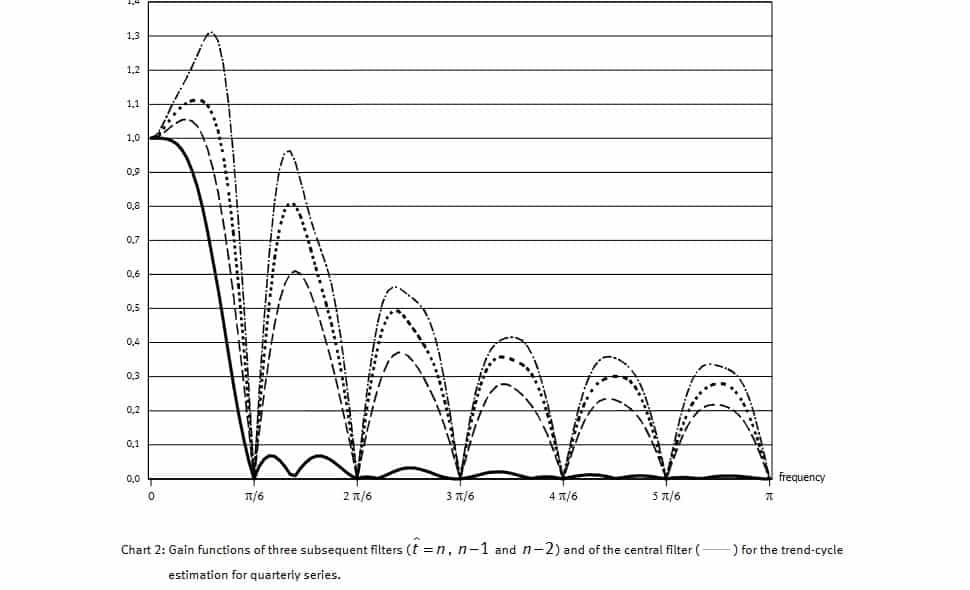

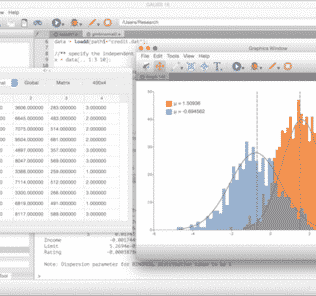
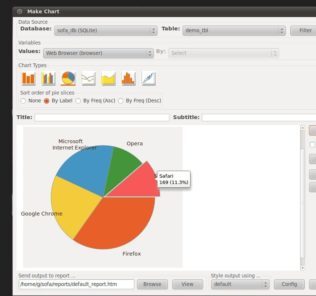
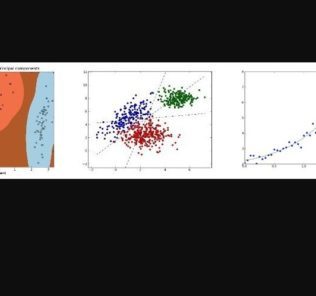
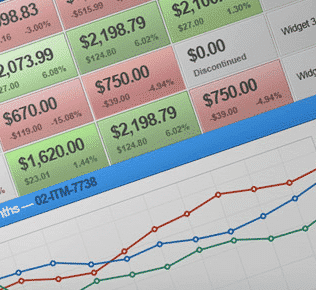
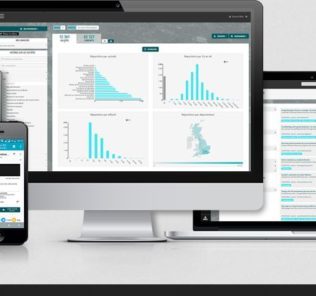
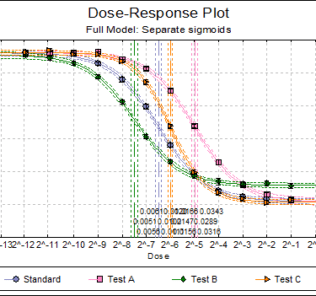




By clicking Sign In with Social Media, you agree to let PAT RESEARCH store, use and/or disclose your Social Media profile and email address in accordance with the PAT RESEARCH Privacy Policy and agree to the Terms of Use.